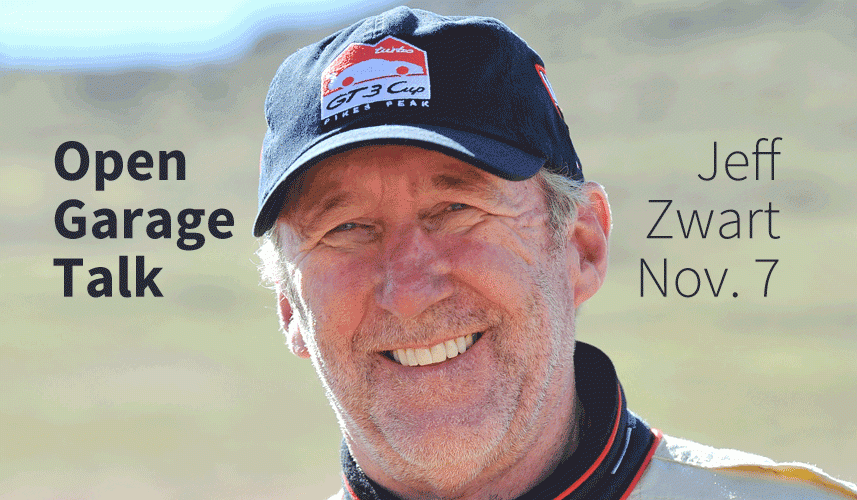I came across this stunner of a Peter Drucker quote earlier this week:
Profit is not the purpose of a business, it’s the test of its validity.
There are two ways to take this, both of which are important topics of conversation for anyone involved in the art and science of bringing cool stuff to life.
First is the sense that making money is not the measure of a business, but is rather a measure of how you do business. Profit is not the motive, it is output of an equation.
This interpretation easily takes on a slight moral tinge, however, and does force us to ask questions about various types of business operations and the profits they create. When it comes to entities such as hedge funds (or at least the ones that actually make money), does the end justify the means? Are they more valid than others due to the extreme magnitude of profits that they generate? At a personal level, I made a decision a long time ago that I would rather be part of a business organization that treated everyone involved—customers, employees, business partners, society, the planet—exceptionally well over one that didn’t, even if the consequence of doing so was a diminished financial return. I believe what we should aspire to is a business that constantly seeks ever higher levels of validity, where the the standard of what is valid is defined as activities which increase the happiness and well-being of all those directly and indirectly involved. A business that creates wealth in this way provides for those under its roof without harming those who live outside of it.
My second interpretation of Drucker’s saying comes from the worldview of venture design. Just as you don’t feed a puppy the kind or quantity of food you provide to a mature dog, so it is that a startup requires a different standard of care and feeding than does an endup. Too much money or resources or people too early can, ironically, cause your nascent venture to crash. It’s a lot easier to scale something once you have a deep understanding of what its value drivers are. Before that point, giving it all the things it desires is actually bad for it, as all of those extra people and resources require attention of their own, which distracts the entire endeavor from figuring out the existential question of what it is and what it should be.
In that light, I’m quite fond of Clay Christensen’s notion of being impatient for profit and patient for growth: in the early days of a venture, we should be striving for profitability as a way to ascertain whether we’re creating real value out in the world. If you believe that ventures are designed (as I do), and that constraints fuel creativity, then agreeing upon profitability as a hard constraint will help the people growing the new venture to focus—really focus—on understanding the key drivers of value creation: creating new experiences that bring value to a person’s life, and differentiating that experience from all other alternatives in a way that’s authentic and memorable. A business that’s profitable AND whose customers love what it does is a valid one.
Both interpretations of Drucker’s aphorism work well together, actually: profits alone are not enough, nor is providing the perfect product or service if it can’t sustain itself, and by extension, the people who create it and the society they live in.
I’m thinking out loud here, so would love to hear what other people think.



